leadership
How to Accelerate Innovative Leadership with Photography
21/03/13 10:15 Filed in: B2B
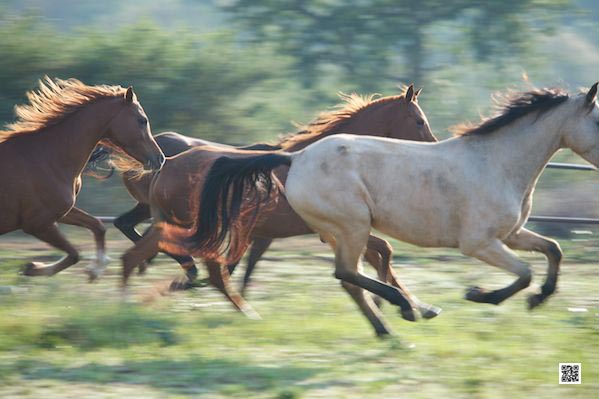
Something is innovative when it is qualitatively new and in order to be an innovative leader, executing innovative leadership an innovative leadership tool is what is needed.
Times are fast, news spreads within seconds all over the world and high quality decisions need to be made quickly, having global impact on the company’s success and the life of people. The high quality demand in combination with time is tricky and asks for a tool that can manage both with the result of innovative decisions. The tool needs to serve innovative leaders and accelerate innovative leadership. This tool is photography.
Photography is easy, quick, reliable, insightful and last but not least also fun. And when there is fun, work and learning just goes easier. Instead of a long and tiring process photography makes it possible to get to the point quickly, unearths insights instantaneously and is incredibly easy to handle. It is applicable to all issues, processes, projects and leadership challenges, team buildings, HR tasks and in house training and coaching. The utilization of photography accelerates problem solving, strategic planning, product development and any other task a company is dealing with every day.
Use it, accelerate innovation and bring some fun into daily work. Well it is not quite a photographic safari experience, but there are pretty sure some Big 5 just around the corner of the office. It is about seeing, innovation is about seeing like Steve Jobs did and photography makes one see.
Happy accelerated seeing with photography!
Ute Sonnenberg for www.rohoyachui.com
Innovative Brainstorming with Photography
14/03/13 12:34 Filed in: B2B

Brainstorming is often the way we try to find ideas regarding a certain project, a new product or for problem solving. We use it in business, in personal life and for creative processes. And we usually talk a lot while brainstorming, using several techniques to tap into our creativity to come up with innovative ideas. Also images are involved, but the semantic plays a major role.
How about using only images to brainstorm? A team is brainstorming about lets say a business issue and using entirely photography to unearth problem solving ideas and concepts. Each member of the team visualizes an idea through photography and shows the image to the colleagues. All team members look at all images, “digest” what they see and take the ideas further; visualizing what potential they see in them. At the end of the brainstorming session the essence of all ideas is left on the screen in form of one or more images for further use to solve the business issue.
These sessions are very efficient and allow leaders to guide their teams to innovation in an intuitive way. They work also for issues within teams and can be used in team buildings e.g. in combination with photographic safari excursions for one or more days. The environment will contribute to the success. But in essence they work anywhere, in meeting rooms in offices, on planes, at conferences and anywhere else.
Try it and by the way they are fun too.
Ute Sonnenberg for www.rohoyachui.com
How Photography Inspires
07/03/13 14:44 Filed in: Photography & Art | B2B
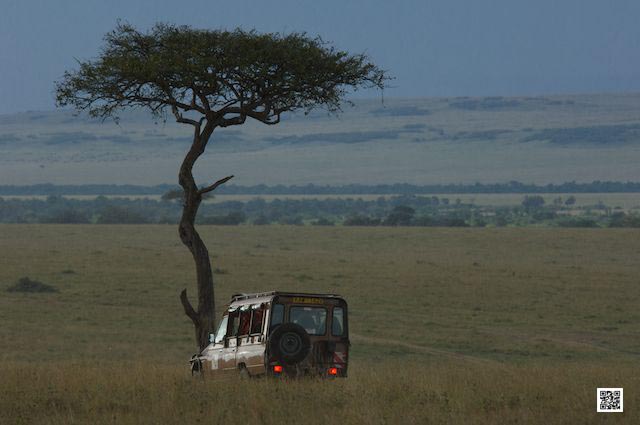
Photography has become a part of our daily life, to capture snap shots of the children and pets, to communicate, archive, explain and inspire.
It inspires not only our private life, but also our work life and it will do even more in the future. Leaders will visualize the future of their company, finding solutions by utilizing photography; teams will become more aligned by joining team buildings with photography; communication will be visual and misunderstandings will be minimized and even success will be visualized with the help of photography.
But there is more. Photography is and will be not only our everyday tool, it also inspires us to learn, grow and invent. It is at the root of innovation and images carry innovative ideas. Photography is fun and adventure and photographic safaris might be the only shooting left in the bush and conservation blooming. It is technology curiosity with constantly new evolving photographic gear and photography courses igniting art and joy.
Photography is inspiration. Let it inspire you!
Ute Sonnenberg for www.rohoyachui.com
Leadership: How to Produce Ideas utilizing Photography
28/02/13 12:00 Filed in: Photography & Art | B2B
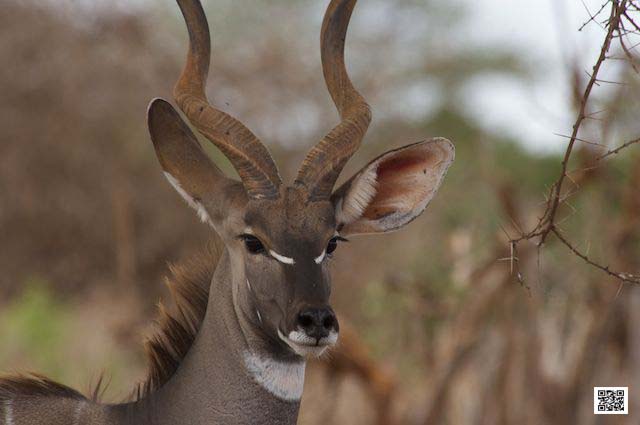
James Webb Young published in 1939 a book with the title “A Technique for Producing Ideas”. He was a cross-disciplinary thinker and his book mentions 5 essential steps how ideas are produced:
All five steps are executed by the brain and at the end an idea rolls out. This process is in its physical being non visible and non physical, because it happens in the maze of our brains. We might visualize material and ideas for ourselves to understand it better, but the images are just in the brain.
That can sometimes be a problem when working in teams to produce ideas. Words cannot explain what the processes in your brain are doing and what you see, and this is the same for every member of the team. Irritation, frustration and misunderstanding are starting to undermine the process and its getting more difficult to come up with the right ideas.
This can be changed. Photography is the all-in-one device for producing ideas. Material is captured in images and by capturing it, it is at the same time digested and already processed by the unconscious. Now all images hang on a wall or are lying on a table. After looking at them for a while the people take pictures of the pictures. One or several of them are the a-ha moment and the moment that the idea meets reality at the same time. An idea was born.
Photography cuts down the process to its essence. By doing that it saves a lot of time and energy, gives leaders quick access to solutions and teams more resources to work with. It works in all sorts of settings like marketing sessions, leadership training, innovation sessions, product development and actually anything one is looking for ideas, also little (or not so little) hassles like how should I present myself in the job interview tomorrow.
Got it? Try it. Enjoy!
Ute Sonnenberg for www.rohoyachui.com
Read more about Webb’s book here.
How Management Teams can Benefit from Photography
22/02/13 12:54 Filed in: B2B

Communication can be a challenge even when all speak the same language, work in the same team and on the same project. Misunderstandings occur constantly, because words are the poorest kind of communication. Body language is telling already more than words, but how to communicate business information through body language? Pretty much impossible, but probably looking quite intriguing when watching people trying it. What else can be used? Well images, visualizations and photographs are an amazing tool to communicate without misunderstandings.
It works for families and it works for management teams. The wife is looking for a new kitchen. She goes to different stores and from the kitchens she likes she takes a photo with her smart phone. At home she shows it to her husband and together they make a choice which what kitchen to proceed. It would have been impossible for her to explain her husband with words how the kitchens look like. He would have created images in his mind not matching the actual kitchen, but with the images it was clear immediately.
The same process works for business teams even if the subject is a situation within a team. Everything can be visualized and captured in photographs. Teams start understanding each other and misunderstandings become rare. Energy and time is saved, no endless and tiring discussions with no result, time is used efficiently and clear results offer solutions not more problems.
Photography for business is a strong tool and it is the future.
The future is now.
Ute Sonnenberg for www.rohoyachui.com
How Photography will be the Innovation Tool of the Future
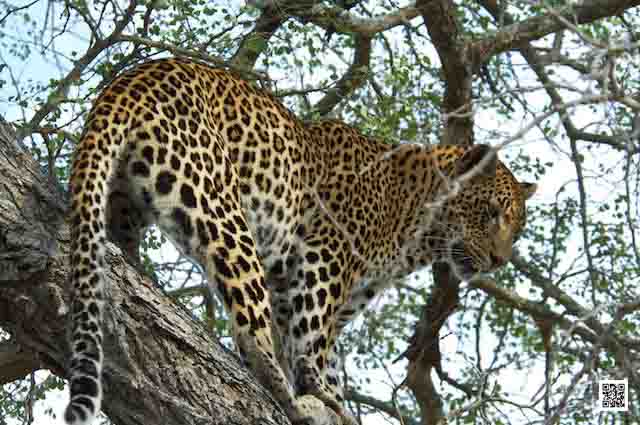
At the time that quantum physics was evolving and the scientists were wondering what the discoveries they made would mean for humanity, one of them, David Bohm, started collaborating with Martin Buber, the Austrian philosopher. Bohm wanted to find answers in philosophy how discoveries like “everything is made of the same energy” and “everything is connected to everything else” explain the universe and our role in it. He worked with Buber on his book “I and Thou”, yet he realized that he didn’t find all answers he was looking for. David Bohm concluded that it needs the arts to find comprehensive answers, that it would need the triangle quantum physics, philosophy and art to answer the questions of the universe.
The answers he was looking for might be on their way. Back in his time art was something few people did; nowadays art is something billions do. With a camera in every cell phone pretty much everyone is doing art through photography. It doesn’t need any photography course to wield this amazing tool, one only needs to press the shutter and it goes. By having a broad majority of people doing it, photography has become the connecting art, producing images and answers continuously.
Now, one only needs to learn to read the images to find the answers, connecting quantum physics, philosophy and art in an innovative synergy to conquer the challenges of leadership and life. Visualizing quantum physics and philosophy is innovation at its best, unique, powerful and ready to serve humanity. Next to numerous possible scientific and everyday life applications, photography becomes the key to continuous success in business.
Photography is what David Bohm was looking for. His intuition was right, that the arts were the link.
Ute Sonnenberg for www.rohoyachui.com
Take an External Perspective for Better Insight
17/01/13 08:23 Filed in: Insights & Opinion
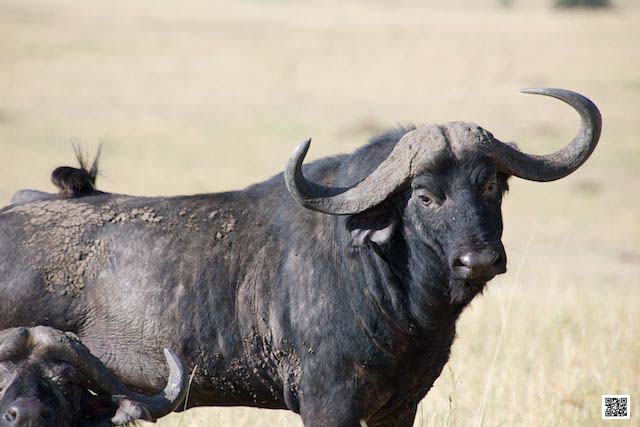
When you visit a museum, where do you stand to look at a painting? Do you stand right in front of the wall, your nose almost touching it or do you stand looking from a distance? Well, if you want to see exactly every brush stroke, you got to come close, but when you want to see the entire masterpiece, you got to watch from a distance.
Talking about an accident is easier when you were witnessing it rather than being involved yourself. You might become emotional while talking when you are one of the victims.
These are two everyday life examples, that having a distance allows a better view on things in their complexity. One can “walk” around a problem or case and see all its aspects from different angles, which result in deeper insights. Innovative leaders will practice that method and photographers do that as well, constantly.
Pretty much every camera has a zoom and if not in the camera, the photographer has most likely a zoom lens. And what are they doing? Zooming in and out constantly to capture the subject the way they experience it, some more closely, others more from a distance. A photographer has always an external perspective and that makes it possible that they can photograph scenes one can hardly look at. Like being a victim of an accident or witnessing an accident, being a witness gives the distance and the insights.
Ute Sonnenberg for www.rohoyachui.com
Photography for Business: One-Day Acceleration Sessions
19/10/12 19:29 Filed in: B2B | Photography & Art
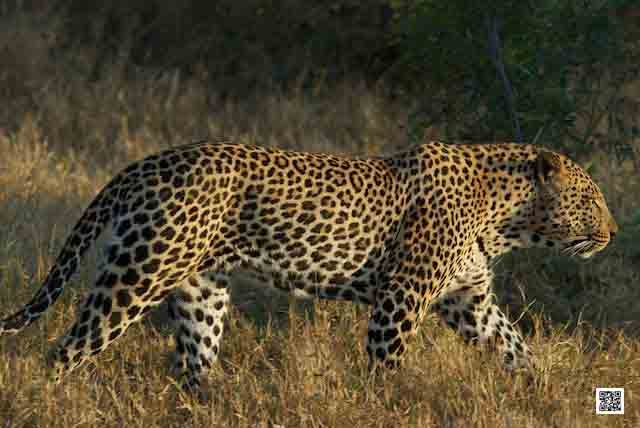
Kimberly-Clark is doing collaborative innovation sessions for specific problems and opportunities. They recruit outside “mentors” that come in for a day to help solving specific problems and to explore opportunities the company is looking at. The outside-in view of the mentors allows a deep dive into the issues with strategic and practical insights as the result, that otherwise would have taken weeks to gather.
Now imagine you add photography as an accelerator to this process and you get One-Day Acceleration Sessions for various business purposes. From innovative leadership sessions to brand innovation, product development and all in between, acceleration sessions with photography are the insular-mind-blowing incubator that saves time, money and resources.
And how is this possible? It is common knowledge that our conscious is only the tip of the iceberg sticking out of the water and our subconscious is the huge rest of the iceberg under water. Our subconscious knows much more than our conscious, we just struggle to get access to its enormous source of information, at least we did. Photography is the key to open this immense resource to us and allows us to benefit from it. By adding photography to for example leadership sessions it allows us access to these resources of knowledge, speeds up the process and lets us gain insights and ideas we otherwise would need months or even years.
All Innovation and knowledge is in us. Photography makes it visible, physical and ready to use. A click on the shutter is the key to innovation, leadership and success. It’s as simple as that.
Photography, the business tool of the future and the future has started now.
Ute Sonnenberg for www.rohoyachui.com